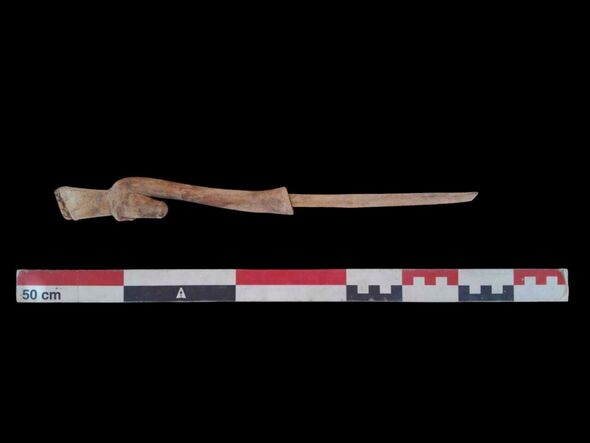BRUSSELS—For researchers in Europe, a career move from Munich to Dublin is often not as smooth as relocating from Texas to Ohio, what with a patchwork of social and labor laws across the continent. Yesterday, the European Commission announced the setup of a pan-European pension fund that aims to make such cross-border moves easier—and financially more attractive.
Under the new system, which is called Retirement Savings Vehicle for European Research Institutions (RESAVER) and will be launched next year, employees will stay affiliated to a single pension plan, keeping their benefits as they move between countries and institutions. “RESAVER’s size will also ensure very competitive costs,” says Théodore Economou, CEO of the pension fund at CERN, Europe’s particle physics laboratory near Geneva, Switzerland. The fund will not substitute state-run pension systems (also known as first pillar pensions), but will provide supplementary benefits financed through employer contributions and private pension plans for individuals (so-called second and third pillar pensions).
But for now, the plan is limited to the handful of institutions that have signed up, including the Vienna University of Technology; the Elettra Synchrotron in Trieste, Italy; and the Association of Universities in the Netherlands. (CERN and the University of Cambridge were part of the task force that helped set up the system, but have not joined RESAVER.)
It may not be easy to widen the pool: “RESAVER is not possible or attractive in a number of countries” including France, Germany, and the United Kingdom, says Katrien Maes, chief policy officer at the League of European Research Universities (LERU), which supports the fund’s idea and also took part in the task force. For example, “Public sector employees [in France] are unable to opt out of their mandatory pension plan which already provides a relatively high level of benefit,” according to a 2010 feasibility study ordered by the European Commission.
Yet, the commission seems optimistic that RESAVER will benefit more institutions and scientists over time. Before the year-end, it will award a 4-year contract worth €4 million to help cover the system’s initial costs. “Some obstacles remain in some member states especially regarding employees of public organisations,” a representative admits in an e-mail to ScienceInsider. “However, we anticipate that these hurdles will be removed in the upcoming years.”





